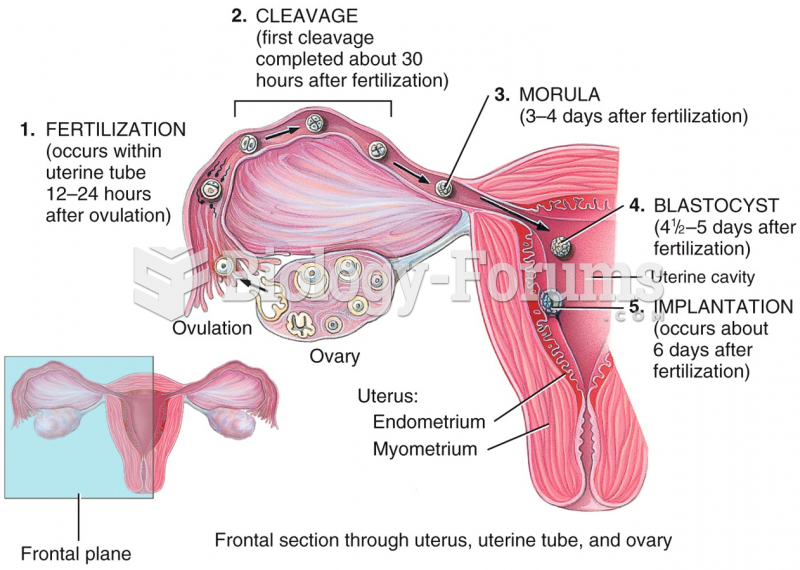Answer to Question 1
F
Answer to Question 2
For requirement 1 from Exercise 7-25:
a. Direct Materials Control 18,500
Direct Materials Price Variance 370
Accounts Payable Control 18,870
To record purchase of direct materials.
b. Work-in-Process Control 20,000
Direct Materials Efficiency Variance 1,500
Direct Materials Control 18,500
To record direct materials used.
c. Work-in-Process Control 10,000
Direct Manufacturing Labor Price Variance 180
Direct Manufacturing Labor Efficiency Variance 1,000
Wages Payable Control 8,820
To record liability for and allocation of direct labor costs.
Direct
Materials Control Direct Materials
Price Variance Direct Materials
Efficiency Variance
(a) 18,500 (b) 18,500 (a) 370 (b) 1,500
Work-in-Process Control Direct Manufacturing Labor Price Variance Direct Manuf. Labor
Efficiency Variance
(b) 20,000
(c) 10,000
(c) 180 (c) 1,000
Wages Payable Control Accounts Payable Control
(c) 8,820 (a) 18,870
For requirement 2 from Exercise 7-25:
The following journal entries pertain to the measurement of price and efficiency variances when 6,000 sq. yds. of direct materials are purchased:
a1. Direct Materials Control 30,000
Direct Materials Price Variance 600
Accounts Payable Control 30,600
To record direct materials purchased.
a2. Work-in-Process Control 20,000
Direct Materials Control 18,500
Direct Materials Efficiency Variance 1,500
To record direct materials used.
Direct
Materials Control Direct Materials
Price Variance
(a1) 30,000 (a2) 18,500
(a1) 600
Accounts Payable Control
Work-in-Process Control
(a1) 30,600
(a2) 20,000
Direct Materials
Efficiency Variance
(a2) 1,500
The T-account entries related to direct manufacturing labor are the same as in requirement 1. The difference between standard costing and normal costing for direct cost items is:
Standard Costs Normal Costs
Direct Costs Standard price(s)
Standard input
allowed for actual
outputs achieved Actual price(s)
Actual input
These journal entries differ from the normal costing entries because Work-in-Process Control is no longer carried at actual costs. Furthermore, Direct Materials Control is carried at standard unit prices rather than actual unit prices. Finally, variances appear for direct materials and direct manufacturing labor under standard costing but not under normal costing.







